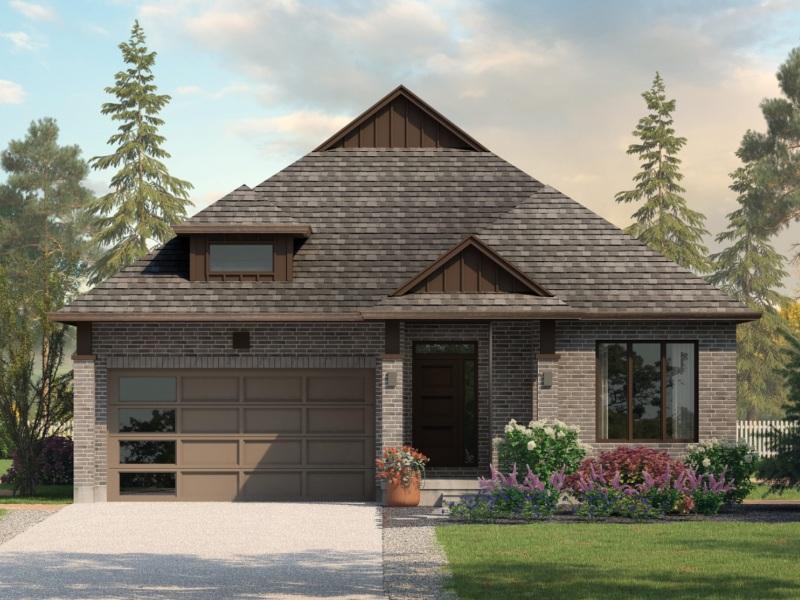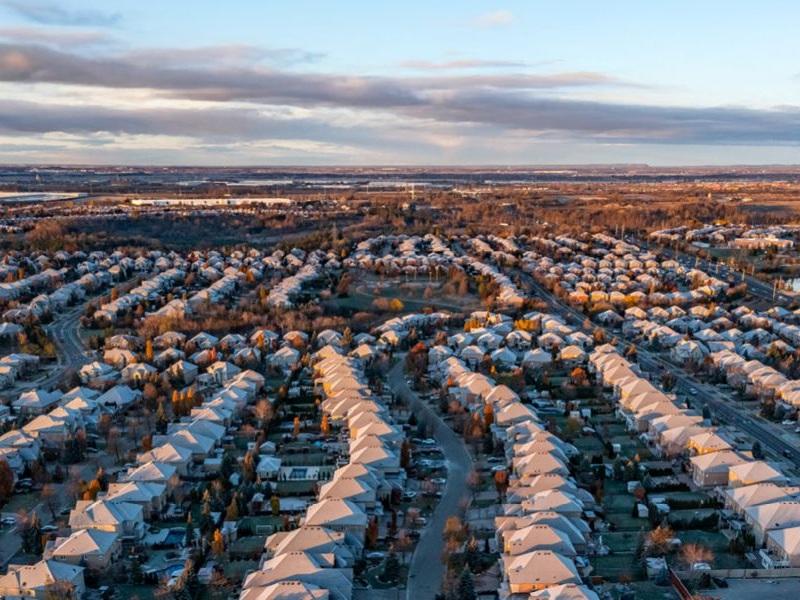
Windmill Developments has proven the end user reigns supreme with Stone Abbey Residences, a boutique infill project by the Rideau Canal in downtown Ottawa.
“It was end-user driven and a large portion was already pre-sold in anticipation of the location and the quality of the project,” Jeremy Reeds, president of Windmill Developments, told RENX Homes. “As the project got closer to completion there started to be more interest from those key buyers.”
The downtown development comprises 19 fully occupied luxury condominiums, plus townhouses for which construction begins later this year, with tentative completion dates in 2025. Unlike the condo component, not all the townhomes are sold out, with more to be released at a later date.
One major attraction for the project is the location.
It sits along Aylmer Avenue at Bank Street, the city's central north-south corridor into the downtown. It is metres away from the Rideau Canal and its adjoining parks network, and just a short walk across the Bank. St. bridge to Lansdowne Park, home of the city's football and soccer stadium, shops and services, concerts, junior hockey in the Civic Centre arena and a long list of concerts, markets and special events.
Stone Abbey’s boutique cachet also demonstrates buyer interest hasn't entirely evaporated despite challenging market conditions. Reeds said high interest rates and general economic inertia have hampered most end-users’ purchase plans these past couple of years, but Stone Abbey’s townhouse sales indicate the next rollout shouldn’t languish.
“I think as you got into the start of this year, there’s been a warming-up of activity in the marketplace, with people starting to poke around to see what’s available,” he continued.
Windmill's sustainability commitments
Sustainability — particularly pertaining to the environment and community — has been part and parcel of Windmill Developments’ philosophy since its inception.
Ten years ago, the Ottawa-based firm set its sights on One Planet Living designation, a standard developed in 2003 by an international organization called BioRegional. The One Planet Living framework helps developers create liveable, eco-friendly communities, in addition to commercial entities endeavouring to create sustainable products.
It was a natural fit for Windmill, Reeds said.
One Planet Living has become ingrained into Windmill Development’s internal framework, with the adoption of all 10 of its principles: health and happiness; equity and local economy; culture and community; land and nature; sustainable water; local and sustainable food; travel and transport; materials and products; zero waste; and zero-carbon energy.
Crucially, that mitigates the likelihood of Windmill being caught flat-footed when dealing with municipal planning departments, irrespective of what city the company is involved with. Although their criteria aren’t uniform, planning departments across Ontario are mandated to facilitate sustainable new home construction.
Not a problem, Reeds said, because the Windmill Impact Standard has already harmonized much of those criteria into every project it undertakes.
That and the One Planet Living expanse of principles are largely why Windmill has achieved LEED Platinum certification at four of its developments, while targeting the same at three other projects, including Stone Abbey.
Everybody involved in Windmill’s developments, right down to the tradespeople who build them, are apprised of the 10-point framework.
“It’s not just random cost premiums thrown at things when people actually understand what it is that’s achieved on projects,” Reeds said.
“It’s taking all those different frameworks and saying, ‘This is the baseline of how we achieve (things like) net-zero carbon operational or building designs,’ and it gets shared with all our consultants and anybody we’re working with from Day One on our projects so that everybody understands how it’s going to happen.
“We show how it can be done, and it’s how we continue to push the industry,” he added.
Stone Abbey and Southminster United Church
These principles have also helped Windmill establish footholds elsewhere.
Stone Abbey is the result of Windmill Developments partnering with Southminster United Church. The keepers of the 90-year-old church and property have been struggling to fund essential repairs and operating costs, in a time of dwindling attendance.
The partnership — for which Southminister United received an undisclosed financial sum that will help it survive, and undertake renovations — will see Stone Abbey become adjoined to the church.
After nearly a century as a local institution, Southminster is a heritage site in its own right, but Reeds said such places are often ill-informed about how to navigate changes to their environments.
“That’s where a lot of our projects really focus on that cultural, community, equitable standpoint, in the sense of how we try to work with organizations that are non-profits or charitable organizations that have needs but don’t have the financial resources, or know how to work through that,” he said.
“It’s often a lot more upfront work helping them understand what it can look like, how it would work, and educating them around development.”
But that doesn’t mean these types of development arrangements are always a slam-dunk.
“Sometimes it’s straightforward and, ‘Yes, let’s proceed’; other times it sits on the shelf for five to 10 years before they circle back and want to pick up the conversation,” Reeds observed.
While much of the development industry is bereft of similar frameworks, Reeds said Windmill is happy to provide leadership.
“For us, sustainability is our starting framework for everything,” he said. “It’s not just sustainability initiatives, though; it’s also looking at the social impact on your community or neighbourhood, urban agriculture, scarcities, transportation — all of it.”










